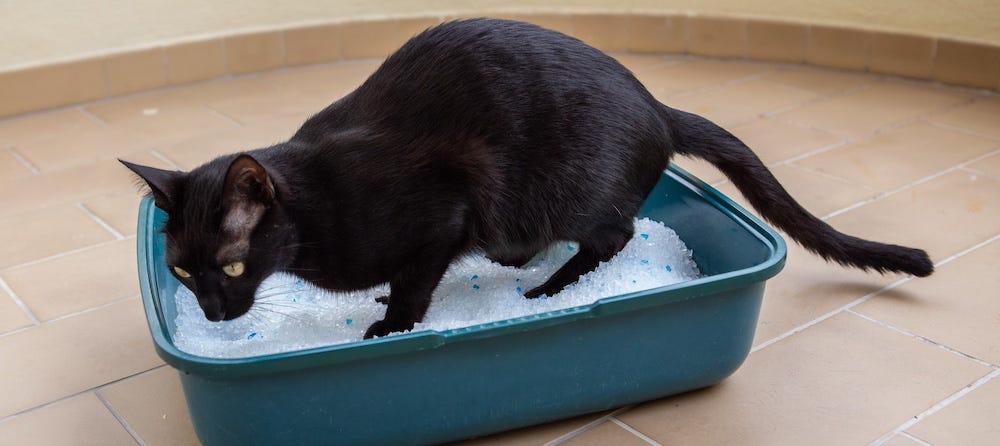You’ve probably heard the term “mangy dog” on more than one occasion, and for good reason—mange is very common in our canine friends. But can cats get mange? Although felines rarely contract this skin disease, mange in cats is not unheard of. Find out which symptoms you should be on the lookout for, prevention options, and how to treat mange in cats.
What is mange?
Mange is an inflammatory skin disease caused by multiple species of tiny mites. These mites are sometimes host-specific (such as preferring humans or dogs in particular), or can affect a variety of species. In most human cases, mange is referred to as scabies.
Can cats get mange from dogs?
Yes—as a highly contagious disease that commonly affect dogs, mange can spread from pet to pet in the household.
Can humans get mange from cats?
Again, yes—because mange is a zoonotic disease, humans are at risk of contracting scabies from infected cats or dogs.
What else causes mange in cats?
According to PetMD, one species of mange-causing mites is associated with diseases that compromise the immune and metabolic systems, such as diabetes. The article also notes that Siamese and Burmese breeds appear to be at a higher risk for contracting mange.
Symptoms of mange in cats
Symptoms generally appear a week after exposure, including the following:
- Hair loss around the eyelids, head, neck, and flank
- Raised lesions on the skin
- Scaly, flaky, or crusty skin patches
- Restlessness
- Intense itching
- Frantic scratching

How to treat mange in cats
If you notice these symptoms in your cat, you’ll want to get to the veterinarian for proper diagnosis. Your vet will take skin scrapings and use a microscope to confirm the presence of mange mites.
Once the skin disease is confirmed, you should isolate your cat from other pets and people in the household to curb the spread of infection. Sometimes mange in cats clears up spontaneously, but your vet will likely prescribe medication to kill the mites. Medications can come in the form of topical applications, injections, shampoos, or even a lime-sulfur dip to relieve symptoms.
NOTE: Do not use mange medication for dogs on your cat! Just like with flea treatments, common canine medicines can be toxic to cats.
Prevent mange from recurring in your household
Make sure you thoroughly clean or replace all pet bedding, wash whatever can be washed in hot water, and vacuum everything else. Without an intense cleaning regimen, the mites might not fully disappear from your household.
Furthermore, keep your cat strictly indoors if at all possible. Although mange in cats is uncommon, it’s more likely to arise in malnourished ferals or neighborhood strays. The same goes for your dog: Limit his interaction with unfamiliar animals outdoors, as mange in dogs is highly contagious.
Wondering what is the difference between fleas and mange in cats? Learn more about preventing and treating fleas in cats.
Cover photo: © Vannie / CC-BY-SA-3.0
Sources:

Recommendations








